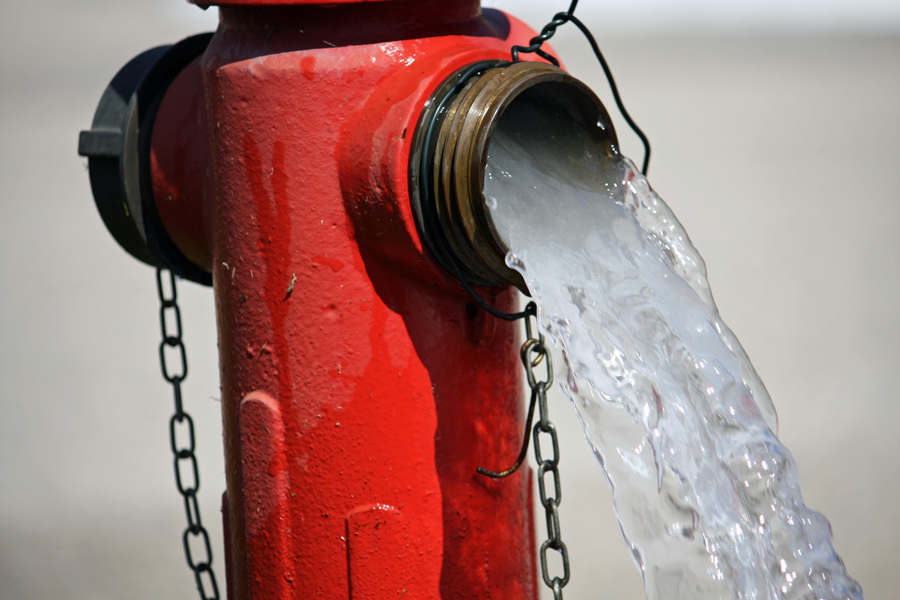It's Spring - Have You Maintained Your Hydrants Lately?
- Home
- Team EJP Blog
- It's Spring - Have You Maintained Your Hydrants Lately?
- Apr 7, 2016 1:01:56 PM
- Everett J. Prescott
When winter's chill is gone, it's time to take it easy, freed from the issues winter brings to any waterworks system. But before you start to relax, have you considered what maintenance needs to be performed on your hydrants this spring? Here's our look at what maintenance tasks need to be undertaken before your hydrants are ready for the hot summer time.
Hydrant and Valve Maintenance
The first thing to check is the valves on your hydrants and whether the hydrants have any other issues that require repair or replacement. Dry hydrants will typically have water in the barrel only when the valves are open. If there is water that is not draining out, it's because the valve isn't functioning properly. The valve should allow water in only when it's open, and if you find the hydrant still wet when it's been closed, it's because the valve either isn't draining or isn't shutting down completely. This type of finding requires the valve be replaced. While you're working on the hydrant, check to see that all the seals are still intact and that the plugs and valve controls are in good condition, so that water can be accessed quickly in case of a fire.
Hydrant Flushing

The next step is to flush the hydrants. What many of your customers don't realize is that this flushes the entire system, not just the hydrants themselves. Flushing the hydrants allows sediment and bacteria to be removed from the system, ensuring good water quality. It also improves water pressure as excess sediment is removed, scouring the lines with the high water flow. It also ensures the hydrants will function properly when there's a fire. You'll want to start with the branches closest to your water source and move outward from there. This ensures that you aren't flushing sediment from further up the line into the working branch, but that you are removing as much as possible instead of simply spreading it through the system.
Customer Maintenance
Customer maintenance, you ask? Absolutely. When you're going through and performing maintenance and flushing, your customers will need to know what's happening. Most municipalities will schedule these tasks during business hours on weekdays for residential neighborhoods and during non-business hours and weekends for commercial areas. They'll also post a notice in a local paper and on their website informing their customers about the maintenance taking place. Among topics touched on in these notices are the dates and times the procedures are taking place, a note to avoid doing laundry, especially light-colored clothing, during this time as the water will have more sediment in it than usual, and to flush their own home or business lines directly afterward, often achieved by removing aerators from faucets and allowing them to run freely until clear water is restored to the lines. You may also want to mention the benefits of flushing the system at that time, so they realize it's necessary to maintain high water quality.
By keeping your hydrants in good repair, you're ensuring that they'll provide years of reliable service, saving your company or department the cost of purchasing and installing new equipment. If your hydrants are in need of repair or replacement following winter's cold, Team EJP has exactly what you need to keep your operation running smoothly. Please feel free to contact us today with any questions or for more information for our high-quality, low-maintenance products.








